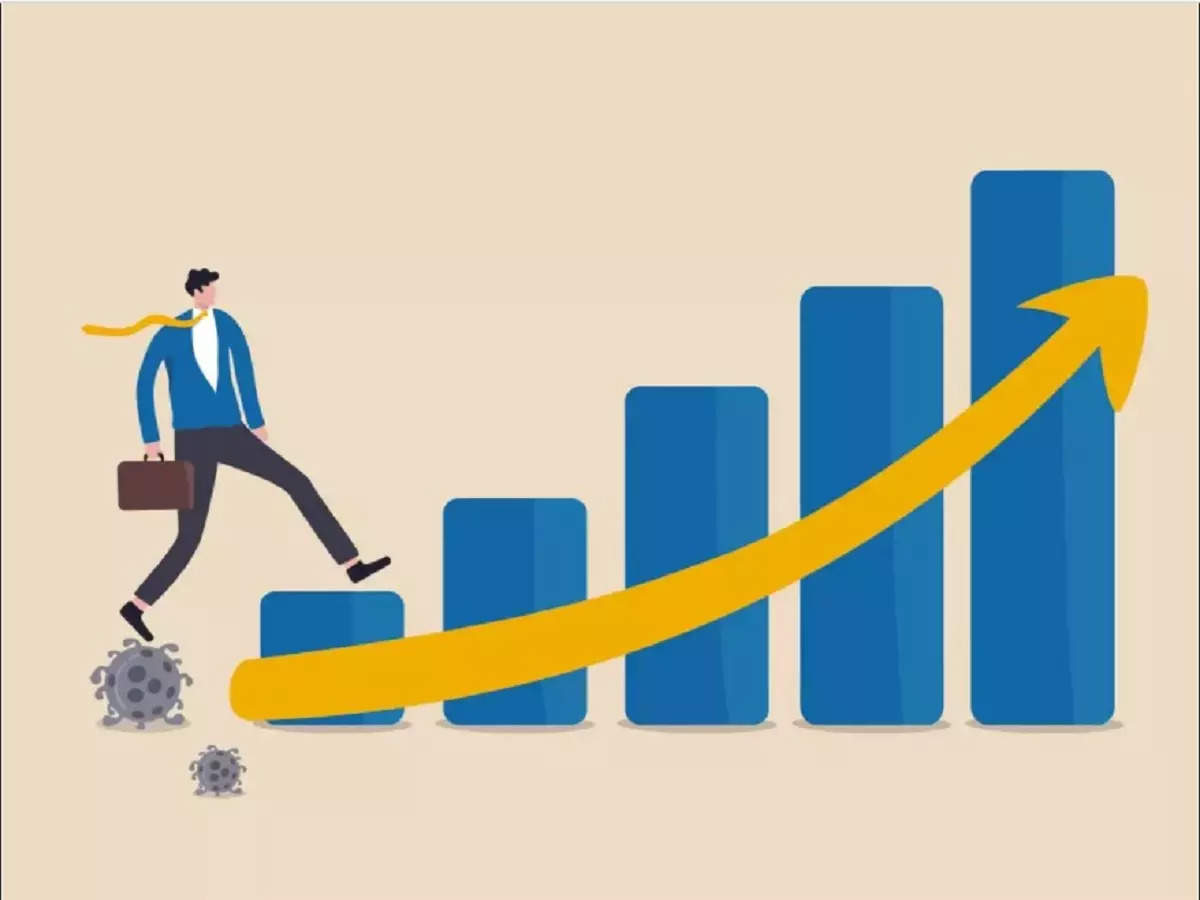NEW DELHI
India’s double-engine fired growth of 7.6 per cent in the July-September quarter of FY2023-24 led by a stronger manufacturing and construction output growth (on the supply side) and on the demand side a robust pickup in fixed investment and government consumption amidst global conflicts, supply chain disruptions and economic slowdown has defied expectations with industry, analysts and experts clutching at various rationale behind this performance. While India’s economy had grown 7.8 per cent in the April-June 2023 quarter, the Q2FY24 figures came as a sharp acceleration from the 6.2 per cent in the corresponding quarter of FY23. The Reserve Bank of India projected a modest 6.5 per cent for Q2FY24.
There were expectations of a slowdown in India’s growth in the second half, according to Sujan Hajra, Chief Economist & Executive Director, Anand Rathi Shares and Stock Brokers, and as Senior Economist, DBS Group Research Radhika Rao points out, there was consensus on GDP increase of 6.7 per cent. Defying forecasts, manufacturing sector growth shot up to a nine-quarter high of 13.9 per cent in Q2 from 4.7 per cent in Q1FY24, leading to a surge in the Q2 growth. A double-digit growth in core industries output, strong recovery of industry and fixed investment pushed the better-than-expected growth during the quarter despite disappointing performance by private consumption and services activities. “This should instill confidence in the domestic economies ability to expand and outperform other major economies, amidst global headwinds,” adds Hajra.
Indeed, as the NSO data suggests, the manufacturing sector performance has been helped by a double-digit growth of 12.1 per cent in key infra sectors as against 0.7 per cent expansion in the year-ago period. There was a sharp uptick of 17.1 per cent in cement production, 20.3 per cent in electricity production and 11.0 per cent in steel production, signalling a strong momentum in the economy, built largely on robust domestic demand.
“On a y-o-y basis”, adds Rao, “government consumption, fixed asset investments, inventory restocking and lower input costs that boosted profitability, were the key catalysts for the quarter.” Gross fixed capital formation (GFCF), which is an indicator of investment activity in the country, jumped 11.04 per cent during the September 2023 quarter as against 8 per cent in Q2, supported by higher government consumption spending — 12.4 per cent — y-o-y in Q2. Notably, the investment rate, measured as the nominal GFCF-to-GDP, inched up to 30.0 per cent in Q2 FY2024 from 29.1 per cent in the year-ago quarter, the highest investment rate in any Q2 since Q2 FY2015.
Assessing the spillover effects of this “excellent expansion of manufacturing and construction, ASSOCHAM Secretary General Deepak Sood believes the stage is set for a strong revival in the investment cycle in the next few quarters as this level of performance would push up the overall capacity utilisation.
However, the performance remains shadowed by worries on future growth trajectory as net exports have dragged down growth and a surge in import growth offset the improvement in exports. Goods and services imports by India accelerated for the second successive quarter while growth in exports turned from contraction to positive during Q2. Yet, at 17 per cent, growth in imports was significantly higher than 4 per cent growth in exports. Low global growth coupled with rising protectionism also seem to be impacting India’s exports while stronger domestic demand is keeping import elevated.
Nomura analyst Sonal Varma and Aurodeep Nandi note that services GVA growth has also moderated to 6.7 per cent y-o-y in Q3 from 10.0 per cent in Q2. Growth has also disappointed in both trade, hotels, transport and communications which has shrunk to 4.3 per cent in Q3 from 9.2 per cent in Q2 and financial, real estate and professional services segment declined to 6.0 per cent from 12.2 per cent, the latter despite the strong credit growth, say Varma and Nandi. Liquidity tightening and contraction of net interest margins seem to be impacting financial services.
India’s agriculture sector, has also decelerated to 1.2 per cent growth, lower than the 2.5 per cent recorded in the July-September quarter of 2023-24. The advance estimates from Ministry of Agriculture peg kharif production at 4.6 per cent lower than last year. The agricultural growth is the lowest since the pandemic, points out Hajra. “Q2 is a relatively subdued quarter in terms of finished agricultural products. Supply shocks for vegetables seems to have played a significant role in deceleration of agricultural growth,” he adds.
Even private final consumption expenditure is growing by only 3.1 per cent yoy, reflecting weak rural demand underlined by a low growth in the agricultural sector. According to Nomura, private consumption and private capex remain weak. Private consumption growth moderated to 3.1 per cent y-o-y in Q3 from 6.0 per cent in Q2, with higher inflation likely weighing on real incomes.
The concern is already reflecting in the downsizing of future prospects. Dharmakirti Joshi, Chief Economist, CRISIL expects growth to slow in the second half due to deepening global slowdown, the lagged impact of domestic rate hikes manifesting fully through the second half of this fiscal, erratic weather and an El Niño event creating some downside to

